‘Charter-ing’ a course for IndyCar’s future, with a focus on the Indy 500
INDIANAPOLIS – As the IndyCar Series continues to formulate a charter system with its teams, it will not include protected or guaranteed starting positions in the Indianapolis 500.
Penske Entertainment President and CEO Mark Miles confirmed that in a recent interview with NBCSports.com.
“I don't see us doing that,” Miles told NBCSports.com. “So if that's a concern, I think they can pretty much feel confident that is not going to be part of the charter system that rolls out later this spring.”
When asked directly if that meant Indy 500 qualifications will remain open qualifying with the fastest 33 cars making the starting lineup, Miles was definitive in his answer.
“Yes,” he said.
IndyCar Series owner Roger Penske and his staff are attempting to create a charter system that will protect the current team owners’ investment in the series.
What shape that charter system will take is currently being discussed by IndyCar owner Penske Entertainment and its teams. Miles hopes to have it formalized and in place to announce it by this year’s Indy 500.
But it won’t include protected positions and guaranteed starting spots in the Indianapolis 500 – something many team owners believe is essential to protecting their sponsorships.
Mention the terms “charter” or “franchise” and IndyCar fans run around with their hair on fire, remembering the infamous split of 1996 when teams in CART boycott the Indianapolis 500 over the creation of the rival Indy Racing League. At that time, to encourage participation in the IRL, Indianapolis Motor Speedway president Tony George created the “25-and-8 Rule.” That guaranteed the top 25 entrants in the IRL would automatically start the Indianapolis 500. Eight more spots on the grid would have to be earned through qualifications among the teams that did not compete in the IRL or were outside of the top 25 in points.
The best teams at that time were in CART and that series went to war with the IRL and the Indianapolis 500. CART even went head-to-head with a rival race – the US500 – at Michigan International Speedway the same day as the 1996 Indianapolis 500.
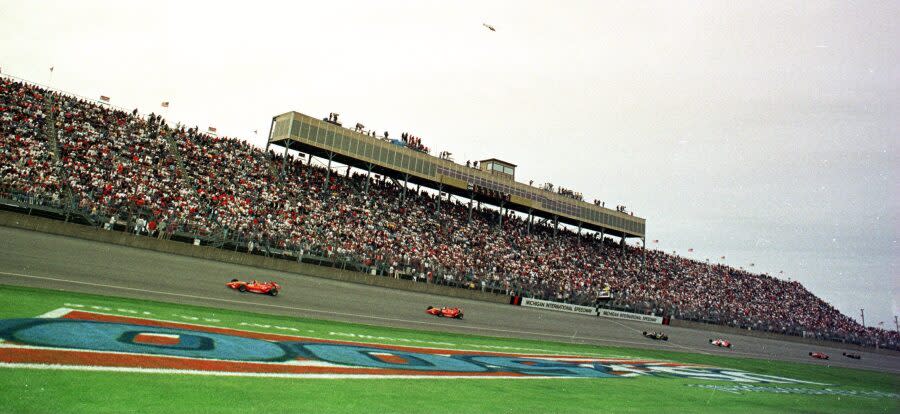
It was a key moment in an auto racing civil war that lasted until the two sides were eventually unified in February 2008 to create today’s IndyCar Series.
In the 16 years that have passed since unification, and the 28 years since the Split in 1996, some of the most ardent critics against the “25-and-8 Rule” believe it is important for a charter system to be implemented.
“I think it creates value and stability at one level but also value for the teams that have supported IndyCar for a long time,” Miles said. “That's appropriate for them to have something they can sell or assign in the way of some rights that have some value rather than just see a new team come along and be excellent and beat them out on the track and not take their right to race away. But they don't get anything for the value of what they've created is not optimal.
“The charters basically create some more stability and I think it's a system that will create value over time for the owners that receive charters at the outset.”
Miles is the man that Penske has kept in charge of running the IndyCar business since the Penske Corporation purchased the Indianapolis Motor Speedway from the Hulman George family on November 4, 2019. That ended 74 years of ownership of the historic facility that began when Terre Haute, Indiana businessman Anton “Tony” Hulman purchased the Speedway from Eddie Rickenbacker in November 1945.
A charter will not prevent new teams from joining IndyCar, but the newer teams that don’t have charters will not reap the same benefits of those that own a charter.
“Well, quite simply, the concept of a charter is that if somebody else comes along after the charters have been awarded, they will have to buy one to have all the benefits of a charter,” Miles explained. “That doesn't mean they can't race. They can race, but they won't race for the same benefits, and we'll get into those details as we talk more about how the charters might work. But we're not saying you have to have a charter, or you can't compete in the IndyCar Series.
“We're simply saying that if you have a charter, it entitles you to certain benefits and that creates some value.”
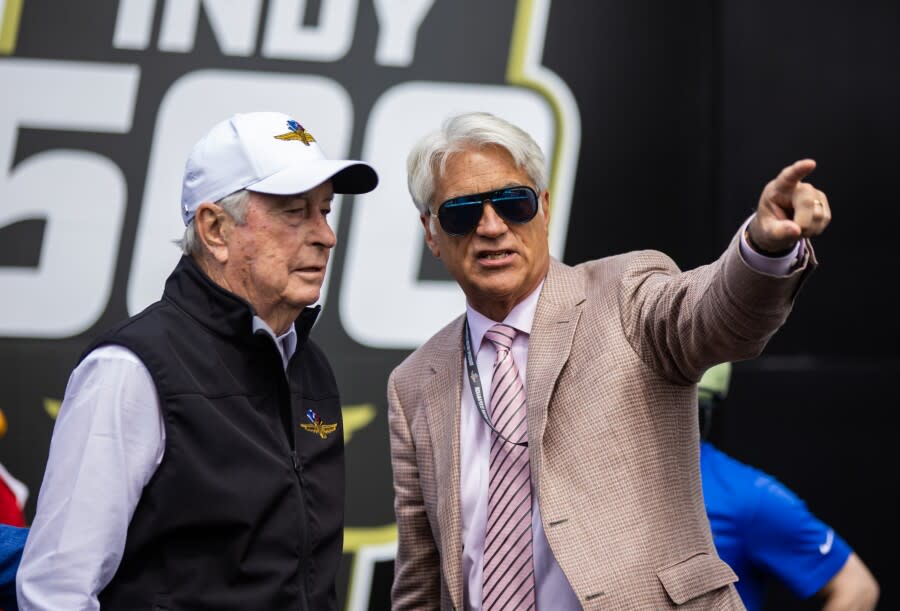
Bud Denker is the president of the Penske Corporation. In January when the IndyCar Series gathered its drivers and teams together for preseason orientation, senior management officials of Penske Entertainment took a select group of drivers to the famed St. Elmo’s Steakhouse in Indianapolis to lay out their vision and plans for IndyCar’s future.
The drivers that attended that meeting believed Penske and his company are committed to delivering a positive future for the teams, the fans and the sponsors.
“I think those meetings are really important for the for the drivers and their feedback but also for the owners and their feedback too,” Denker told NBCSports.com recently. “I think we have another meeting coming up in a few weeks with the drivers again when they're in there.
“We've got a meeting scheduled again with the team owners. So, it's a great way for us to communicate back and forth in our strategy.
“We provided to the team owners a lot about our vision for 2027 and beyond and getting their feedback as well. We've talked about the charter discussions that have been going on obviously as well.
“For the drivers, we obviously will talk about the plans for the rest of this year. I'm anxious to get their feedback on Thermal. I've got a lot of it from a lot of people and as well for that, from that discussion and dinner, we'll have with them. So, it's a great way for open communication for us to get information from them and for us to provide information to them about this theory.
“We want this to be collaborative. We don't want to have all our decisions made in a vacuum in the boardroom at the Indianapolis Motor Speedway by a few of us. We want to have an open collaboration between our owners and our drivers, and these sessions will always do that.”
Team owners Chip Ganassi, Michael Andretti and Dale Coyne were active in CART in 1996. Ganassi and Coyne were CART team owners. Andretti was one of CART’s star drivers at the time.
Andretti met with a small, select group of reporters, including NBCSports.com, at St. Petersburg on March 8 and was adamant that any charter system includes guaranteed spots for the Indy 500.
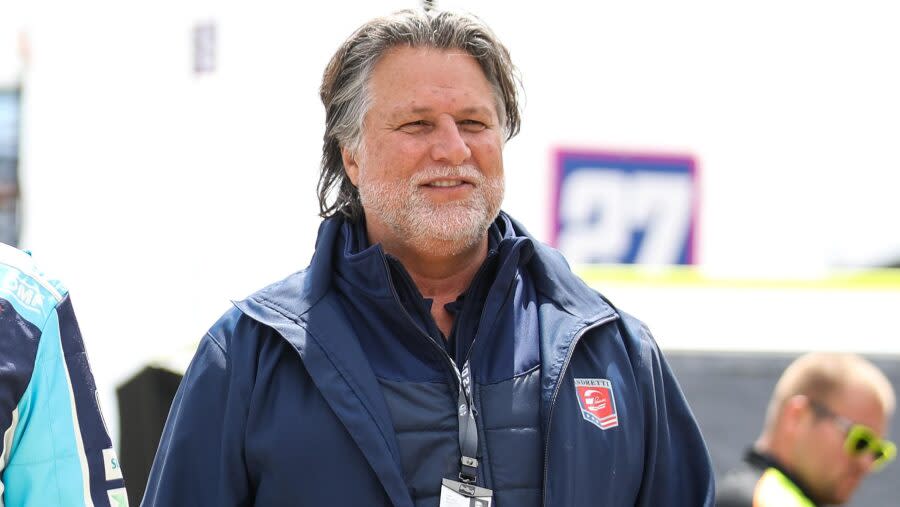
In 1996, Andretti was vehemently opposed to such a rule when the IRL implemented the “25-and-8 Rule.”
Today, he believes it would be beneficial.
“Fans will hate me for this, but the thing is with the Indianapolis 500, almost all our sponsorship is sold on that,” Andretti said. “If our sponsors don't get that race, how do you expect them to want to support the rest of the series?
“We have to take care of our sponsors and that is the first thing we need to do.”
In 2011, global delivery company DHL had signed a lucrative sponsorship agreement with Andretti Autosport, now Andretti Global, expecting to be in the Indianapolis 500.
Driver Ryan Hunter-Reay, however, was bumped out of the starting lineup for that year’s Indy 500 in what was a difficult month of May for Andretti’s team.
Andretti was able to buy a ride for Hunter-Reay with rival team owner AJ Foyt, after one of his drivers, Bruno Junqueira, had qualified for the field of 33.
DHL sponsorship was put on the Foyt ride, Junqueira was out, and Hunter-Reay was in, and it likely saved the sponsorship.
“If I wouldn't have done this, we would have lost DHL,” Andretti said. “DHL wouldn't even be here. I had to pay to get them on a car to get Ryan Hunter-Reay in there, which was just ridiculous.
“Had I not done that, you wouldn't have had DHL in here spending tens of millions of dollars over the next 10 years.
“I understand where they're coming from but then you got to understand that we got the rest of series and if we don't have sponsors to do the be there supporting it then we don't really have a series. We have to balance that.”
DHL remained with Andretti’s IndyCar team through 2023 before joining Chip Ganassi Racing with two-time IndyCar Series champion Alex Palou this season.
Coyne is another IndyCar team owner that experienced a franchise system in CART. He believes major professional sports have changed dramatically over recent decades and believes a charter system would protect the teams that have supported IndyCar.
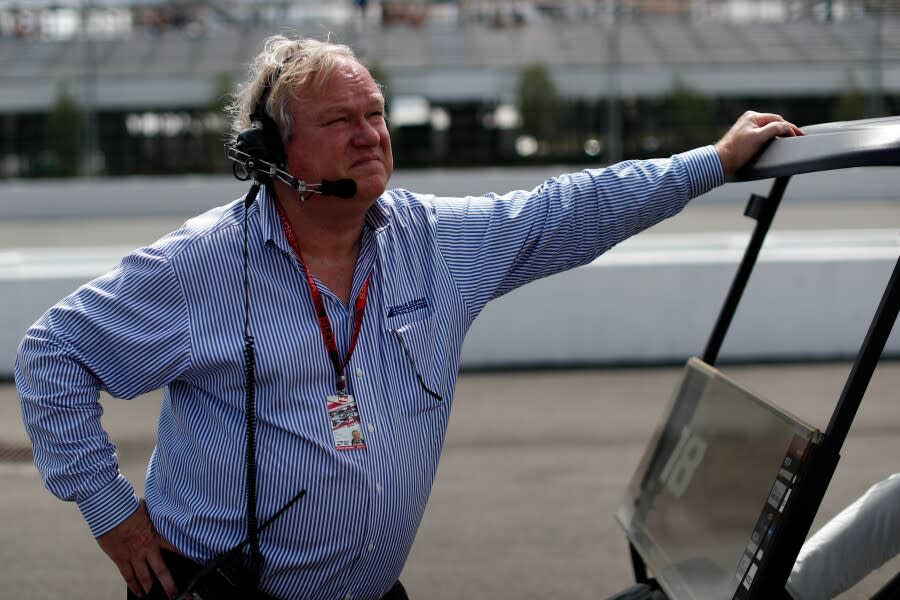
“I've been through it all,” Coyne told NBCSports.com at the Indianapolis Motor Speedway on April 11. “I was there when John Frasco (former CART CEO) talked to us at O'Hare airport about the old franchise system that we had in CART, and that worked out good for us. It was a lifeline for us.
“The charter system, I just think that's a question and that's a matter of the times.
“If you had 5 trillion dollars, you couldn't go start an NFL team. You just couldn't do it. You have to be awarded with an expansion team or buy a franchise from a current team owner.
“I think we need some structure. I think the charter system is good. NASCAR has done it and it's worked good for them. Michael Andretti is seeing the pains about trying to get in the Formula One. You just can't buy your way in. You just can't show up with whatever amount of money you have and race. You've either got to buy your way into a team or they've got to expand and let you in. Same with the NFL. It has done several expansions, but you just can't show up.
“I think that's the way of the future.
“You're not buying an engine for 20 grand anymore and maybe going to one race or two races. Everything is a big commitment now. And I think because of that, the whole structure has changed.
“There's no guy with a school bus going to run four or five races because he's got an engine and an old car.
“Things have changed. It's much more competitive. It's much more expensive. You do need some level of guarantee. I think the charter system is good.”
Surprisingly, though, Coyne supports the latest plan that does not create guaranteed starting positions for the biggest race on the schedule, the Indianapolis 500.
“I know it's unpopular with the fans,” Coyne told NBCSports.com. “It's unpopular with me to a certain point. It should be the 33 fastest. I wish we had that within the charter system, but I understand why we don't.
“Tradition is still tradition. You can be the top-ranked golfer in the world, but it doesn't mean you're going to play on Sunday at the Masters. You've got to qualify. Yes, it gets you in on Thursday, but it doesn't mean you're there on Saturday and Sunday. So, the way you perform is important.
“I think where they're going is good. It's a great starting point. Maybe there's some other way you can cover charter teams in some fashion. I don't know.
“It seems like the person on the bubble who gets bumped gets more damn TV coverage and person starting 33rd every year.
“But I think it should be the 33 fastest.”
IndyCar currently has a Leaders Circle program that rewards full-time entrants in IndyCar with a financial subsidy to reward their participation. The charter system would be different because if a team owner decided to get out of IndyCar racing, his team would maintain a value as he could sell the charter to a new team owner.
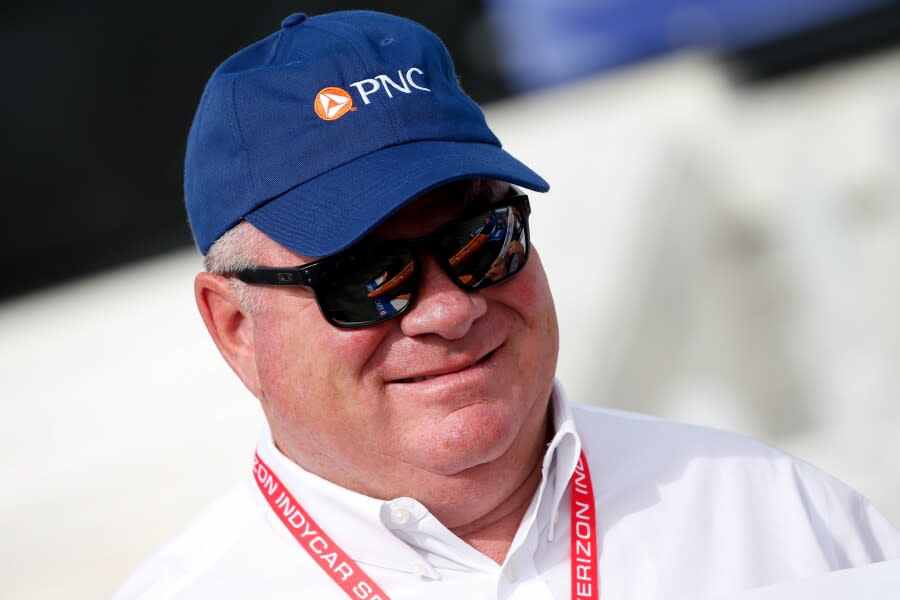
Ganassi has been an IndyCar team owner since 1990 and is one of the most successful in terms of championships and Indianapolis 500 victories. He was also involved as a NASCAR Cup Series team owner until he sold his charter to Trackhouse owner Justin Marks in 2021 with Marks merging the two beginning the 2022 season.
“You have to start with what’s the reason to have a franchise in the first place,” Ganassi said. “Create value, protect your assets, have something to sell, have something that grows with the league.
“Who cares about all the little stuff and good and bad?
“There’s some puzzle there to put together that keeps everybody happy.
“The fact is it brings value where there was none before. If you start with that, if everybody could agree on that’s why we want one, then you have the foundation to move forward.
“But that has to happen first.”

